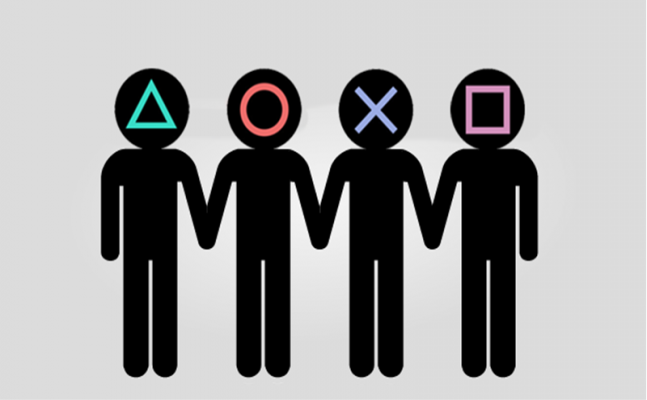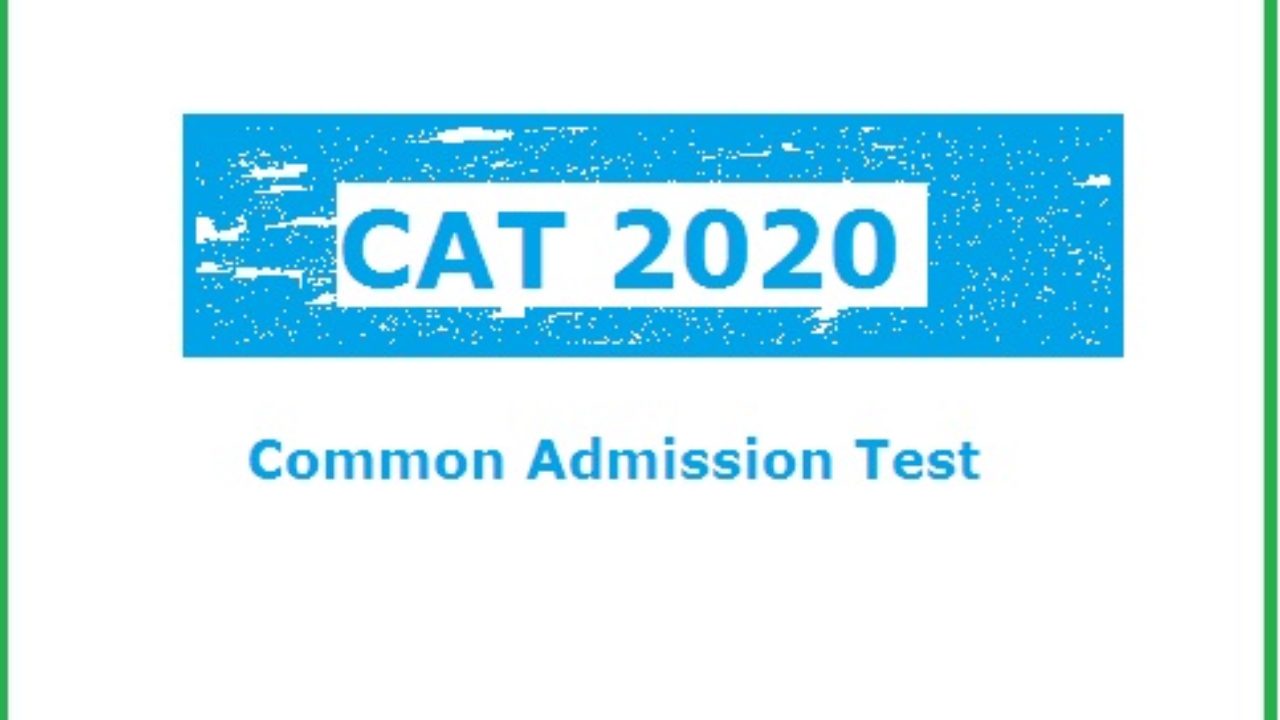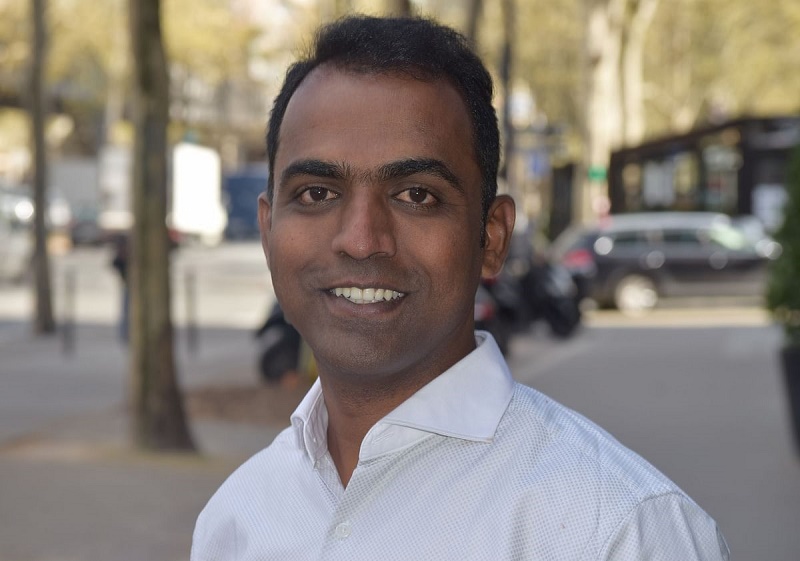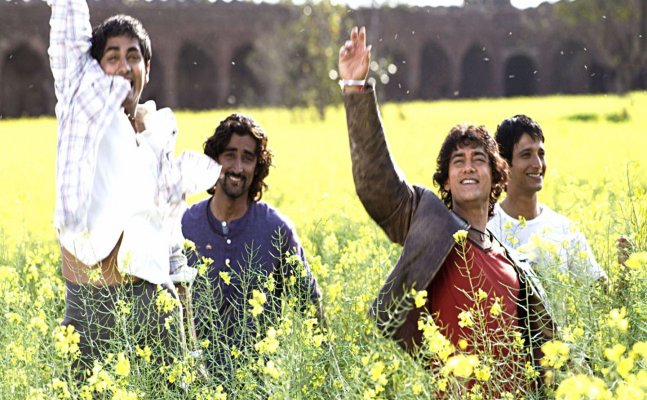2020 UP 12th board results declared: 74.63% students passed
- Gayatri
- Saturday | 27th June, 2020
The Uttar Pradesh High School and Intermediate results were announced today, on Saturday, June 27, 2020, post noon from Lucknow. The exams were conducted from February 18 to March 16, therefore the exams were not halted after coronavirus outbreak. However, the result evaluation was affected by coronavirus lockdown as the process began in March but immediately stopped and resumed on May 05, 2020.
The Uttar Pradesh High School and Intermediate results were announced today, on Saturday, June 27, 2020, post noon from Lucknow. The exams were conducted from February 18 to March 16, therefore the exams were not halted after coronavirus outbreak. However, the result evaluation was affected by coronavirus lockdown as the process began in March but immediately stopped and resumed on May 05, 2020.
A total of 56, 89, 622 students had appeared in the High School and Intermediate Board exams and students will be provided marksheets online due to coronoavirus pandemic by their respective schools.
If compared with that of last year, the pass percentage has improved this year.
The pass percentage for class 12 UP Board exams was 70.2 per cent in 2019, while this year it has increased by 4 per cent.
The top rank holder for class 12 exam is Anurag Malik with 97% marks. The second rank holder is Pranjal Singh, while the third is Utkarsh Shukla.
This is the first time that the Uttar Pradesh Madhyamik Shiksha Parishad (UPMSP) released the Class 10 and 12 results from Lucknow and not Prayagraj.
Uttar Pradesh Deputy Chief Minister Dinesh Sharma has released the UP Board Class 10 and 12 results via video conferencing from Lok Bhawan, Lucknow. More than 50 lakh students have taken the exam and they check their marks from the official website upresults.nic.in. Also, students can check their results at the India Today portal.

If You Like This Story, Support NYOOOZ
Your support to NYOOOZ will help us to continue create and publish news for and from smaller cities, which also need equal voice as much as citizens living in bigger cities have through mainstream media organizations.











